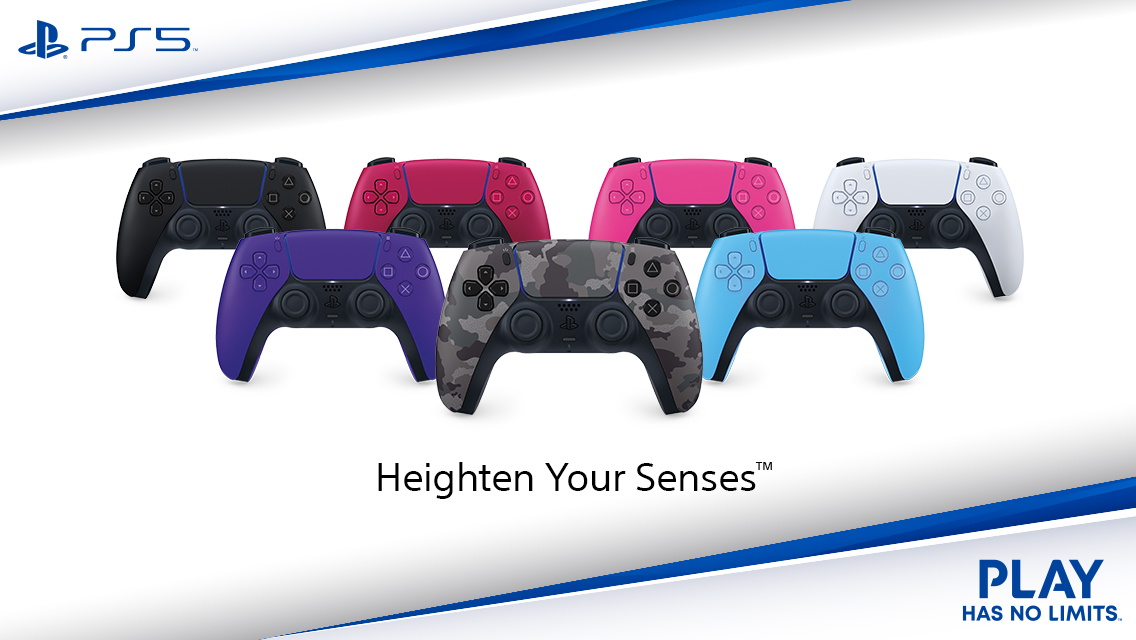Just a little over three years ago, I reviewed Hatsune Miku: Project Diva F, the first chapter of Sega’s Vocaloid-focused rhythm game series to officially make it to the West. I’d been a diehard fan of the franchise since its beginnings back on the PSP, and for me, the release was a mixture of joy to see the games make it out of Japan, and frustration over some of the gameplay decisions that had been implemented starting with that version.
Having skipped over Project Diva F’s successor, I decided to finally catch back up with the franchise via the latest Western release: Hatsune Miku: Project Diva X. I went in hoping that some of my previous complaints may have been fixed, or new features would help balance my disappointments out—and I came away being more satisfied with what the game offers up than I was expecting.
If you want a full explanation of what the heck a Vocaloid is and a deeper understanding of the Project Diva series, I’ll point you in the direction of that previous review that I linked to above. In a nutshell, Vocaloids are basically Japanese “virtual idols” created in part using voice synthesis software developed by Yamaha paired with character designs from Crypton Future Media. Music creators from amateur to pro can use the software to produce vocals for songs, giving birth to an immense fan community of music that could otherwise have never existed. Sega, in 2009, released Hatsune Miku: Project DIVA, where timed-to-the-music button-pressing gameplay and music video-esque visuals were paired with a wide variety of those Vocaloid-powered tracks.
Here, in 2016, the gameplay in Project Diva X has changed relatively little. Notes and note markers relating to the four traditional PlayStation button symbols show up on screen, and when the note and its marker meet, you press the corresponding button. Sometimes those notes are arrows instead, which means you need to hold that direction on the d-pad while pressing the proper button. Then, there are “Scratch” notes, which are represented as stars—and which are the bane of my Project Diva fandom. These notes require a more non-standard means of hitting them—such as flicking the analog stick—and I still argue that their existence breaks up the enjoyable flow of songs while dumbing down the challenge whenever they appear. Thankfully, Scratch notes are still rare overall throughout the game’s songs and difficulty levels, but I wish they just wouldn’t exist at all.
While the PlayStation 4 and Vita versions of the game are very similar in most regards—even allowing for cross-saves between the two versions—if you’re in a position to choose between the two, I’d definitely recommend going the handheld route. While the PS4 offers the ability to change gameplay timing to compensate for your TV’s lag, that’s not a concern you need to have on the Vita. Far more important, however, is that for whatever reason, the notes and markers are smaller on the PS4 than previous home console versions, and it can be too easy at times to lose track of them against what’s going on in the background. On Sony’s portable, the note icons are the proper bigger size that they should be—and the game just looks gorgeous on the screens of either Vita model to boot.
It’s what’s been added around that core gameplay in Project Diva X where things really get interesting. One of the biggest changes here is the Live Quest Mode, a single-player storyline mode where you help Miku and her Vocaloid friends bring light back to a number of themed “clouds” in their world. I’m not really a fan of story modes in rhythm games, but unlike the awful experience that was forced into Rhythm Heaven Megamix, Live Quest Mode is pretty inoffensive. On the downside, progressing through the story offers “choices” that are laughably worthless, and there’s barely any voice acting throughout its cutscenes—in a game where the voice actors are literally computer software that can cheaply be made to say anything and everything. Still, those cutscenes go quick, there’s some silly Vocaloid banter fans will probably enjoy, and the time it takes to get back into the action is kept to a minimum.
Once you’ve unlocked songs in Live Quest Mode, they’re available in the far-more-familiar free play portion of the game. Playing also unlocks new modules (outfits) and accessories for each singer, and those options can now boost the amount of Voltage (score) you get while playing through the storyline—helping you to pass songs or unlock more of those customization choices easier.
There’s then something deeper permeating the entire game that has me really excited, and that’s the feeling of Project Diva X being more concert-focused. Those previously-mentioned music video-styled visuals when playing have been replaced by characters singing and dancing on a variety of stages. That change has been somewhat controversial among some fans, and while I understand why—and loved the old way of doing things—I’ve long been wanting to see the series have more of a concert feel (especially as someone who has been to Miku concerts).
After completing each of the Live Quest Mode’s areas, players tackle a special medley of songs with a selection of Vocaloids teaming up on stage. The medleys then set us up for “festival” events, where players can craft their own three-song medleys with the Vocaloid(s) and stage of their choice. Both of these additions are fantastically fun. Even though they’re but a taste of what the possibilities are for such options, they’re a taste that I’ve not had before, and they add a freshness and excitement to the game that helps keep Project Diva Xfrom feeling like a “yet another iteration” release. (There’s also a Concert Editor where you can set up and watch the Vocaloids take the stage to sing their hits, but really, it’s always more fun to play than watch.)
If there’s one thing that keeps Project Diva X from being as good as it could be, it’s the game’s soundtrack. Rhythm game track lists are notoriously difficult to work out, as you have to bring together a selection of songs that match all tastes, while providing a mix of well-known hits and fresh new choices, and also making sure you give all of the Vocaloids at least a little exposure, but keeping its leading lady in the spotlight. It’s not that Project Diva X’s collection of songs are bad, it’s just that it isn’t the hit-after-hit-after-hit selection of offerings that a few of the previous chapters—the sadly Japan-only Project Diva Extend especially—have featured.
While Hatsune Miku: Project Diva X could easily have been just another churning out of the franchise with a new track list and a wider selection of customization items, Sega put a surprising amount of freshness into this latest chapter of its rhythm game series. Though the game isn’t everything it could have been, it’s still a fun experience for Vocaloid fans that does enough to differentiate itself from its predecessors to deserve a look.
|
★★★★☆
The long-running Project Diva formula gets a welcome freshening up in Hatsune Miku: Project Diva X. While a good-but-not-great soundtrack and a few misguided decisions keep it from reaching its full potential, this is probably the best chapter gameplay-wise we’ve received in the West yet. |
Developer Sega Publisher Sega ESRB T - Teen Release Date 08.30.2016 |
| Hatsune Miku: Project Diva X is available on PlayStation 4, PlayStation Vita. Primary version played was for PlayStation Vita. Product was provided by Sega for the benefit of this coverage. EGM reviews on a scale of one to five stars. | |

Mollie got her start in games media via the crazy world of gaming fanzines, and now works at EGM with the goal of covering all of the weird Japanese and niche releases that nobody else on staff cares about. She’s active in the gaming community on a personal level, and an outspoken voice on topics such as equality in gaming, consumer rights, and good UI. Check her out on Twitter and Mastodon.





